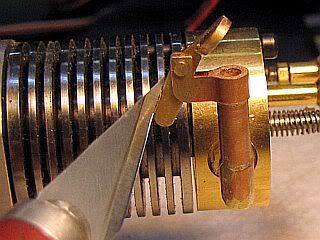Hi All,
Im starting a Kerzel hit & miss engine. The cylinder and piston are cast iron; however Ive never worked with this material before. For those whove used cast iron, are there are any tricks of the trade or things I need to know or look out for when working with it? Ill be using a Sherline lather and mill.
Thanks,
Jack
Im starting a Kerzel hit & miss engine. The cylinder and piston are cast iron; however Ive never worked with this material before. For those whove used cast iron, are there are any tricks of the trade or things I need to know or look out for when working with it? Ill be using a Sherline lather and mill.
Thanks,
Jack





